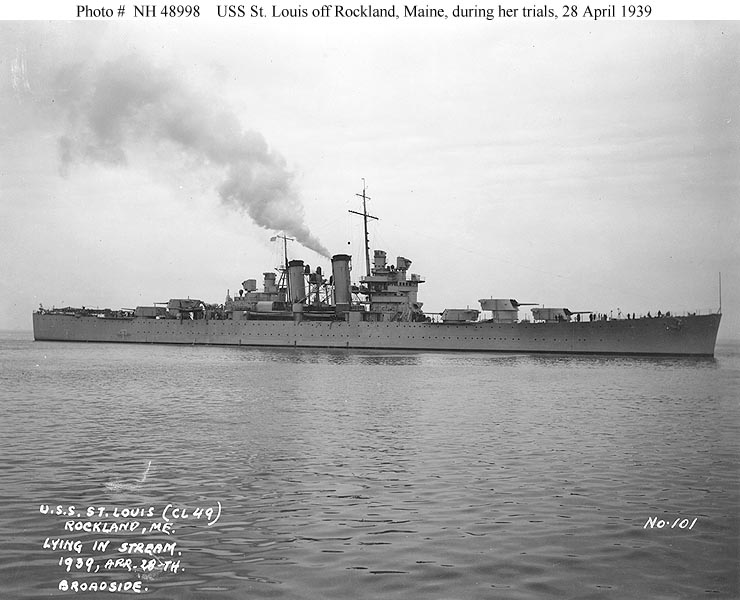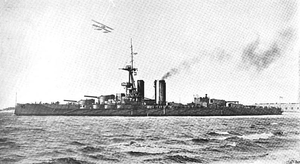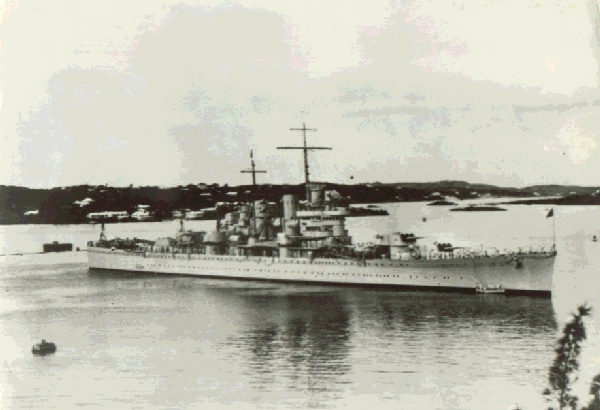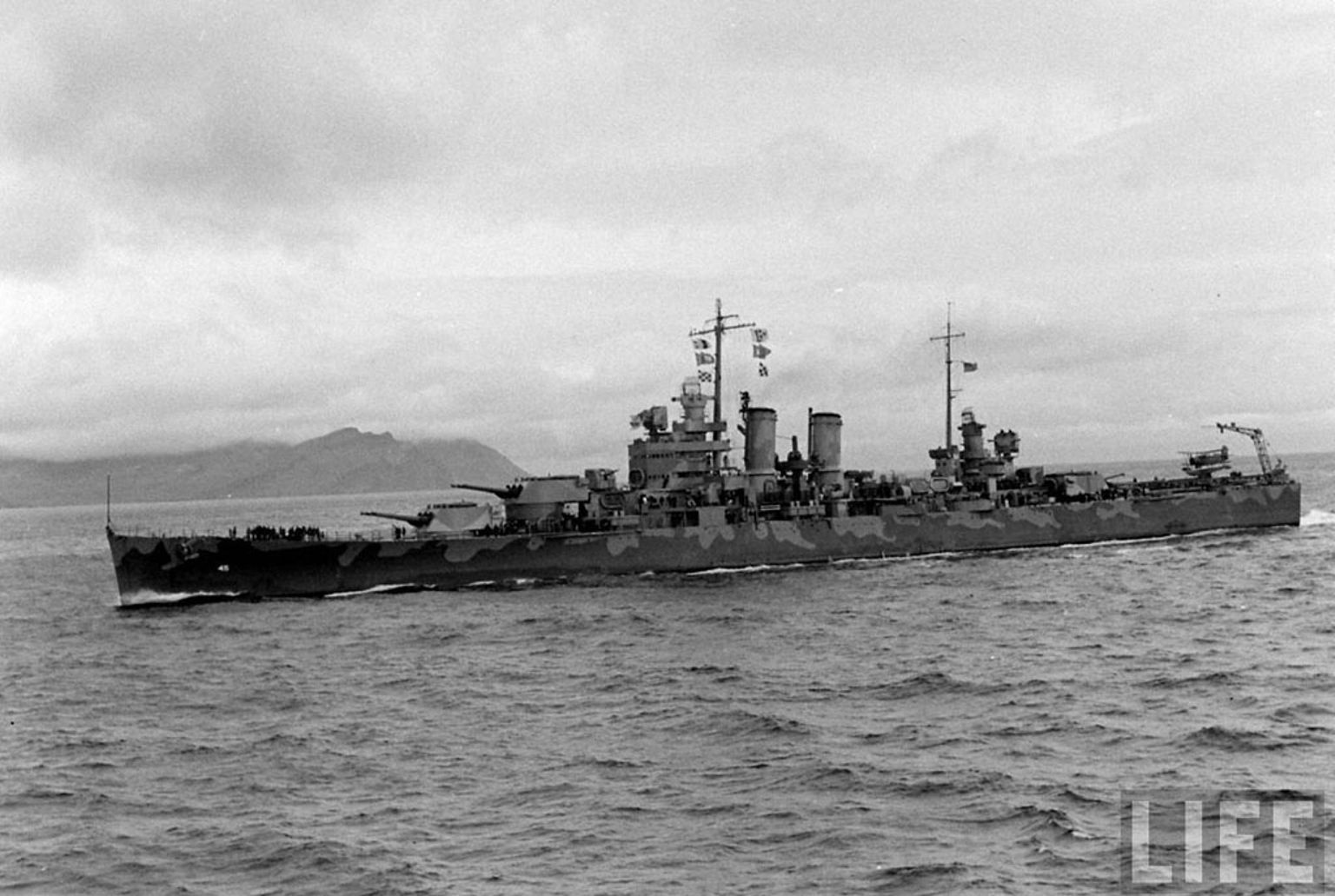

Last edited
09/10/2021
Home
Official History
The St. Louis and Helena were examples of 10,000 ton treaty cruisers
WHAT IS A TREATY CRUISER?
Imagine a time where many nations of the world are engaged in
an arms race, an arms race so expensive it threatens to disrupt economies and
faces constant debate. Sound like the recent past? Actually, I'm talking about
the post-WWI period. And, initially, I'm talking about battleships. What started
this process? The Dreadnought.
The Dreadnought (meaning, fear nothing) was a British battleship introduced in 1906. It radically changed the prior designs by being very fast and having a lot of, and nothing but, same-size very big guns as its main armament, as contrasted with the range of different sizes otherwise seen on the prior, slower battleships.

British Dreadnought 1914
The end of WWI saw many nations suffering economically, desiring to limit inducements to any more wars, but wanting to ensure that their own navy was not smaller than it should be, and that it had enough of these battleships with enormous firepower. The result was the Washington Naval Treaty of 1922.
The Washington Naval Treaty stated that the U.S., Great Britain, Japan, France and Italy would maintain battleships in the ratio of 5:5:3:1.7:1.7. Germany was not included as it was still limited by the Treaty of Versailles to 10,000 tons and 11" guns, although those limits were adjusted by subsequent treaties. Battleships were limited to 35,000 tons standard displacement and guns no larger than 16 inches. To prevent escalation in the scale of cruisers, the next largest class of ship, cruisers were limited to 10,000 tons and 8" guns. There was a limitation of replacements of existing ships and no new battleships were to be built through 1931. Other provisions included a limitation on total tonnage and a freeze on fortifications of locations in the Pacific.
With the advent of the Great Depression and changed political considerations, the London Naval Treaty of 1930 was signed. This treaty, among many other provisions, established a maximum of 6" guns for any new cruiser. These cruisers became known as Light Cruisers (with a hull designation of CL) to differentiate them from the prior Heavy Cruisers (with a hull designation of CA).

USS St. Louis CL-49
There were various escape and escalation clauses in the treaties, and, of course, eventually all limitations imposed by the treaties became irrelevant.
Both the Tuscaloosa and the Wichita were built under the provisions of the Washington Naval Treaty, and are sometimes referred to as treaty cruisers. As they were built, they were within the 10,000 ton displacement and had 8" guns as their largest guns. Wichita was the last heavy cruiser built under the treaty restrictions and was the transition ship to the post-treaty Baltimore class of heavy cruisers.

USS Wichita CA-45
Isolationism caused the U.S. to delay serious construction of treaty cruisers until after the other major powers. The ability to review the treaty cruisers of other countries and the number of navy yards permitted, and sometimes dictated, a variety of modifications between and among the classes of treaty cruisers.